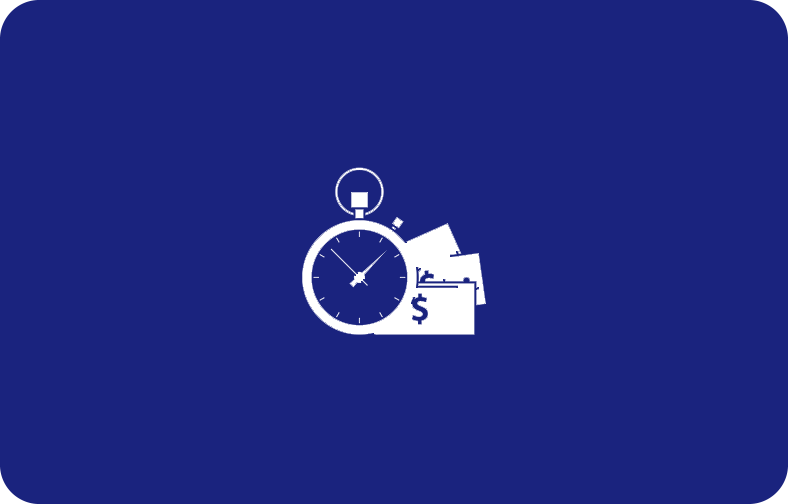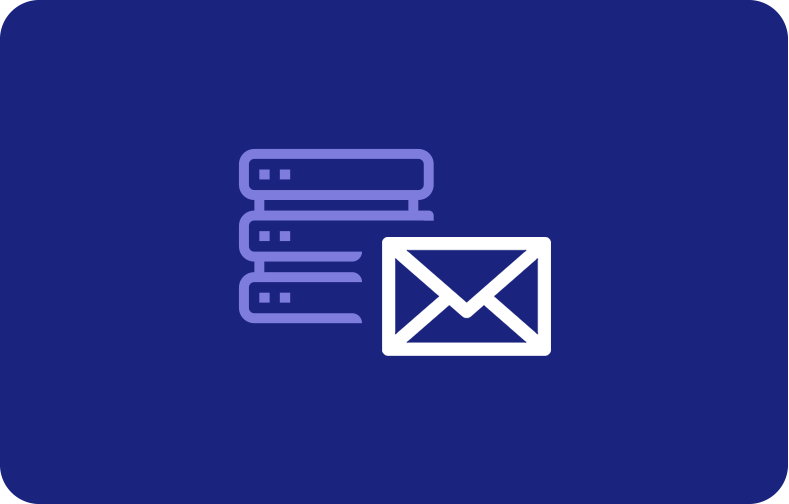Navigating Google Cloud Server Pricing
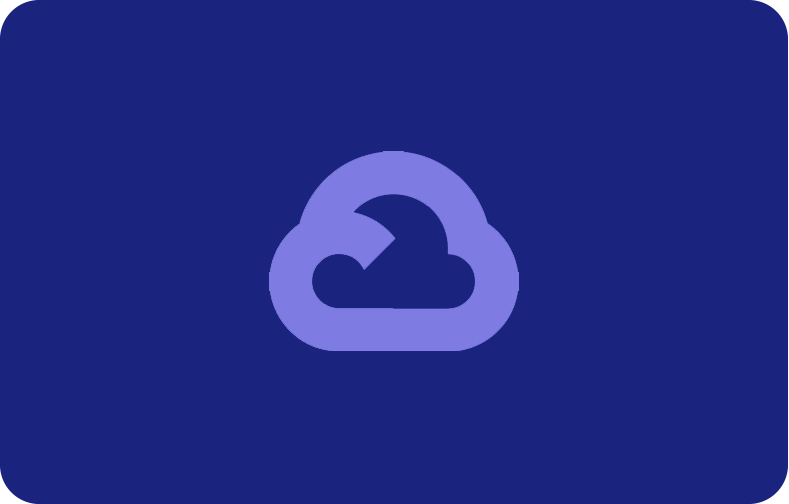
In today's digital landscape, businesses, and developers are increasingly turning to cloud service providers to power their applications, websites, and services. Google Cloud is a prominent cloud provider that stands out from other cloud providers because of its robust infrastructure and comprehensive suite of services.
As organizations explore the potential of GCP services, understanding its pricing models becomes crucial for optimizing Google Cloud costs and achieving value.
Now, let's delve into Google Cloud pricing intricacies and shed some light on the key factors, pricing considerations, and strategies for cost-effective utilization.
Exploring the Power and Potential of Google Cloud Platform
Google Cloud is a computing platform offering various cloud computing services for building, deploying, and managing applications and services in the cloud. Google Cloud Platform services include computing, cloud storage, databases, machine learning, analytics, networking services, and more.
Google Cloud enables businesses, developers, and organizations to leverage the power of Google's infrastructure to create and run their web applications with high scalability, reliability, and performance.
Key Features and Components of the Google Cloud Platform GCP

Compute Services: Google Cloud Platform provides virtual machines (VMs) known as Google Compute Engine Instances, Kubernetes Engine for container orchestration, and Google App Engine for platform-as-a-service (PaaS) application deployment.
Pricing for virtual machines is determined by factors such as the VM instance type (e.g., standard, high-memory, high-CPU), the region where the virtual machines are deployed, and the duration of usage.
Storage Services: Google Cloud Platform provides various storage service options, including standard storage for objects storage, cloud SQL server storage for managed relational databases, Firestore and Datastore for NoSQL databases, and Bigtable for large-scale, low-latency data storage rates.
The cloud storage pricing is influenced by the storage capacity, storage type (e.g., standard storage, local SSDs), and storage usage patterns.

Networking: Google Cloud Platform provides networking solutions such as Virtual Private Cloud (VPC) for creating private networks, Load Balancing for distributing incoming traffic, and Cloud CDN for content delivery. Network egress and ingress play a role in determining expenses, particularly for data transfer between virtual machines and external entities.
Big Data and Analytics: Google Cloud computing platform provides various services like data processing, BigQuery for analyzing large datasets, Dataflow for stream and batch processing, and Dataproc for managed Apache Spark and Hadoop clusters.
Machine Learning and AI: Google Cloud Platform provides tools for learning and artificial intelligence, including AI Platform for model development and deployment, Vision AI and Natural Language AI for image and language analysis, and AutoML for creating custom learning models.
Developer Tools: Google Cloud Platform offers tools for application development and deployment, including functions for serverless computing, source repositories for version control, and Cloud Build for continuous integration and continuous deployment (CI/CD).
Security and Identity Management: Google Cloud Platform provides security features like Identity and Access Management (IAM) for controlling access to resources, as well as tools for encryption and key management.
Additional Services: Google Cloud services include managed databases, load balancers, and container orchestration. Utilizing these services may incur additional charges.
Understanding the Google Cloud Pricing Model

The Google Cloud pricing model is designed to offer flexibility and scalability, allowing users to pay for the resources they consume, such as compute engine ones. At the heart of this model is the concept of pay-as-you-go, where customers are billed based on their usage, with no billing month commitment required and no termination fees.
GCP's pricing is influenced by various components, each contributing to the overall pricing profile:
Navigating Through Google Cloud Pricing
One of the hallmarks of Google Cloud's appeal is its distinctive and transparent approach to pricing. Its pricing philosophy is rooted in innovation, putting its customers in control of their spending and maximizing the value of their investment.
Unveiling the Distinctive Pricing Model
Start Running Workloads for Free
Embarking on a journey with Google Cloud is accessible and risk-free. New customers are welcomed with a generous offer of 300 in free credits, allowing them to run, test, and deploy workloads without financial barriers.
The platform provides access to over 20 products free of charge, up to specified monthly usage limits. This empowers customers to explore and evaluate the platform's capabilities before making a commitment.
Pay Only for What You Use
Google Cloud's pay-as-you-go pricing model ensures that users only pay for the resources and services which are consumed. There are no upfront fees and termination charges. Pricing models vary based on resource usage, enabling pricing alignment with the organization's specific needs. This flexibility provides an agile and cost-effective framework for innovation.

Unlock Savings Up to 57%
Cost savings are not an afterthought at Google Cloud; they are built into the platform's architecture. With automatic savings driven by monthly usage and pre-paid resources at discounted rates, Google Cloud offers substantial cost reductions.
Notably, users can save up to 57% through committed use discounts on resources such as machine types and GPUs.
Stay in Control of Your Spending
Google Cloud empowers users with a suite of tools to manage and optimize their spending. Users can control their budget by getting alerts and setting quota limits that prevent unforeseen expenses.
Its AI-powered intelligent recommendations provide actionable insights to optimize fees. Custom dashboards display cost trends and forecasts, giving a clear view of the expenditure.
Experience Google Cloud Trial Offer
For those taking their first steps into the realm of Google Cloud services, or for seasoned users seeking to dive into new horizons, the Google Cloud Free Program stands as a beacon of opportunity. This program extends its arms in the form of three distinct offerings, each tailored to meet users' unique needs and aspirations.

90-Day, 300 Free Trial: A Playground of Possibilities
Users that are new to Google Cloud or the Google Maps Platform, have a chance to experience the 90-day, 300 Free Tier. This tantalizing offer grants users a chance to immerse in its ecosystem, unhindered, for a generous span of 90 days.
With 300 worth of Cloud Billing credits users have the freedom to explore and evaluate an array of products and GCP services.
Limited Time T2A Free Trial: A Glimpse into the Future
Innovation knows no bounds, and Google Cloud understands the importance of staying ahead of the curve. The Limited Time T2A Free Trial, provides users an exclusive opportunity that promises a sneak peek into the future of cloud computing.
Free Tier: A Window into Seamless Cloud Usage
The Google Cloud Free Program doesn't merely cater to newcomers. Even the most seasoned users can tap into the Free Tier, a realm where selected products await their command, free of charge. Compute Engine, storage, and BigQuery can be operates within specified monthly usage limits without incurring costs.
Google Maps Platform Monthly Credit: Charting New Territories
Maps are the universal language of exploration, and Google Maps Platform extends a recurring 200 monthly credit. This credit, a nod to the cartographers of old and the digital explorers of today, applies to each Maps-related Cloud Billing account.
Navigating Cost Predictions with the GCP Pricing Calculator
Google Cloud Platform (GCP) is dedicated to providing users with a smooth and all-encompassing grasp of pricing dynamics. At the core of this dedication is the GCP pricing calculator, an influential web-based tool meticulously crafted to unveil the intricacies of Google Cloud's pricing framework.
Let's have a quick overview of the GCP pricing calculator.
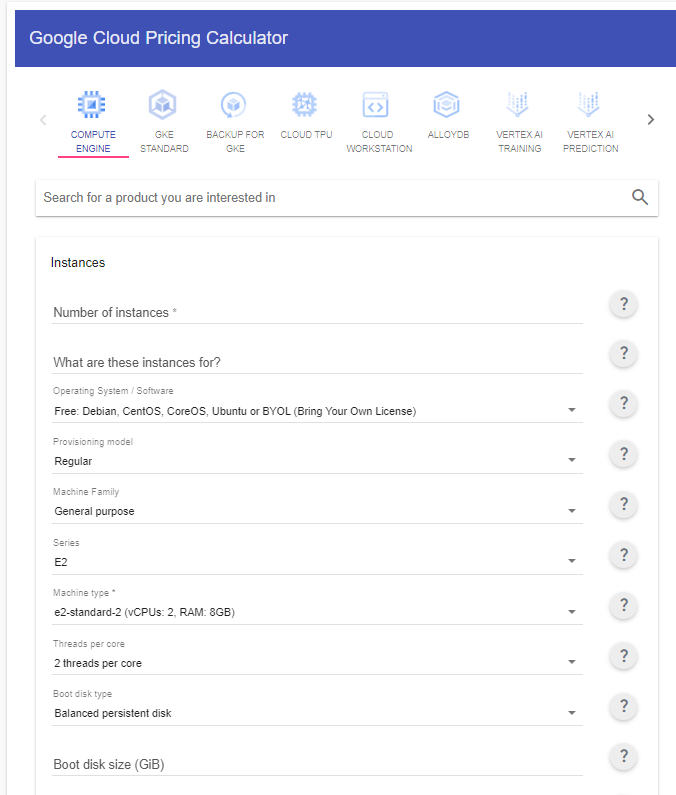
Simplifying the Complex: The Google Cloud Pricing Calculator Unveiled
GCP's pricing calculator is a user-friendly web interface engineered to make sense of the financial aspects of cloud services. Its primary purpose is to provide users, whether they are seasoned cloud professionals or newcomers, with a clear visualization of the projected consumption of various GCP services and resources.
Here's how the GCP pricing calculator works to streamline your cost estimation process:
Configuration Input and Instantaneous Insights
To effectively utilize the calculator, it's important to input specific details regarding the setup, including the instance type, regions of data operations, and expected data usage. By furnishing these particulars, the calculator can swiftly generate a real-time estimate of the associated expenses.
This capability provides the user with the means to predict and strategize for the financial facets of the cloud undertakings. It enables the users to take proactive steps aligned with their pricing considerations.
Understanding the diverse needs of its users, the GCP calculator offers the flexibility to fine-tune essential variables. Users can customize currency and time-frame settings to match their specific needs, ensuring that the estimated expenses are presented in a manner that suits your financial context.
Understanding Cloud Billing
At its core, Cloud Billing is a comprehensive collection of tools that offers a holistic solution for managing Google Cloud expenses. Beyond the simple task of paying bills, these GCP services empower users to gain deep insights into their spending patterns, make informed decisions, and streamline financial processes.
The foundation of the Cloud Bill lies within the establishment of a Cloud Billing account within the Google Cloud ecosystem.

The Crucial Role of the Cloud Billing Account
Centralized Control: The Cloud Billing account serves as a cloud-level resource managed within the Google Cloud console. It acts as the command center, consolidating all financial activities across various projects.
Defining Responsibility: This account plays a pivotal role in attributing costs to specific individuals or teams. It defines who bears the financial responsibility for a particular set of Google Cloud resources and services, including Google Maps Platform APIs.
Access Control: Access to a Cloud Billing account is meticulously managed through IAM roles, ensuring that only authorized personnel can navigate and manage billing-related functions.
Seamless Payment Integration: The Cloud Billing account is seamlessly connected to a Google payments profile, which contains essential payment information, such as the payment instrument used for settling bills.
Comprehensive Cost Tracking: It acts as a robust tracker, meticulously recording all incurred expenses, including charges and usage credits, across all projects linked to the Cloud Billing account.
Unified Invoicing: A key benefit is the generation of a single, unified invoice per Cloud Billing account, simplifying the financial overview.
Operates in a Single Currency: Cloud Billing operates within a singular currency, streamlining cost management and simplifying cross-border transactions.
The Role of Google Payments Profile
Global Payment Nexus: The Google payments profile extends its reach beyond Cloud Billing, connecting you to various Google services, from Google Ads to Fi phone service.
All-Encompassing Payment Processing: It goes beyond Google Cloud, handling payments for a plethora of Google services, providing a unified approach to financial transactions.
Holistic Information Repository: Your payments profile becomes a secure repository, housing critical details such as your name, address, and, if legally required, tax ID.
Payment Instruments Hub: It stores an array of payment methods, ranging from credit cards and debit cards to bank accounts, reflecting your past transactions.
Efficient Document Management: Acting as a document center, the payments profile offers a streamlined view of your financial history, including invoices and payment records.
Access and Control: You retain the reins of control, determining who can view and receive invoices for your various Cloud Billing accounts and related products.
Diverse Billing Cycles: Navigating Self-Serve and Invoiced Cloud Billing:
Self-Serve Accounts: For those with self-serve Cloud Billing, costs are automatically charged through one of two methods: regular monthly billing or threshold-based billing, based on a specific accrued amount.
Invoiced Accounts: In contrast, invoiced Cloud Billing accounts receive a monthly invoice, and the terms for payment are defined by your unique agreement with Google.
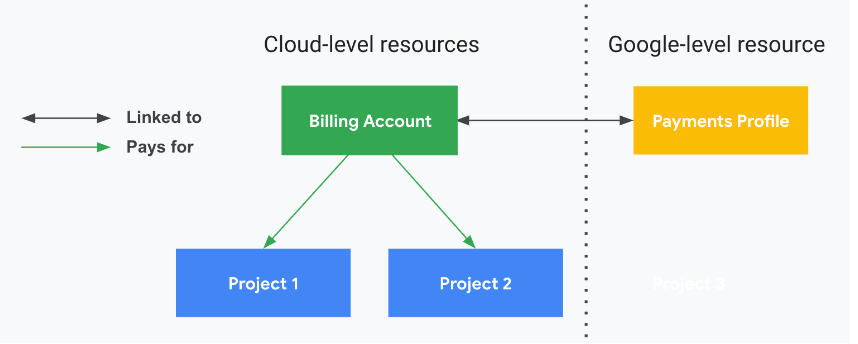
Cost Optimization Strategies

Cloud computing offers unparalleled flexibility and scalability, but it also demands vigilant cost management. Without proper oversight, expenses can quickly escalate. Fortunately, Google Cloud provides powerful tools and strategies for cost control and maximization of the cloud deployment value. Here's a detailed roadmap to optimize the cloud bill effectively:
1. Mastering Billing and Cost Management Tools
Understanding cloud costs is the first step toward optimization. Google Cloud provides an array of complimentary billing and cost management tools that offer invaluable insights into spending patterns. Start by organizing costs according to your business needs.
-
Utilize Billing reports to gain an overview of your expenses.
-
Implement labels to attribute costs to specific departments or teams, and create custom dashboards for in-depth cost analysis.
-
Monitor trends, set budgets, and establish alerts to prevent overspending. Learn these tools to maintain control over your cloud budget.
2. Efficiently Utilize Compute Resources
Identify and eliminate unused or underutilized resources to cut costs:
Idle VM Identification: Utilize Google Cloud's Recommenders to identify inactive VMs and persistent disks based on usage metrics. Always exercise caution when deleting VMs and consider taking snapshots before doing so.
Auto Start/Stop VMs: Schedule VMs to automatically start and stop based on usage patterns. This approach can significantly reduce costs, particularly for non-production environments.
Rightsizing VMs: Regularly review and adjust machine types to match workload demands. Take advantage of Google Cloud's rightsizing recommendations to optimize moving resources within the same location or another server region.
Leverage Preemptible VMs: Utilize highly affordable preemptible VMs for fault-tolerant workloads. These instances are substantially cheaper than regular instances and can be employed in various environments.
3. Optimize Cloud Storage Costs
Efficiently manage the costs for storage services by following these strategies:
Selecting Appropriate Storage Classes: Choose the right storage class based on data access frequency. Utilize lifecycle policies to automatically adjust storage classes and delete unnecessary data.
Deduplication: Prevent duplicate data through proper version control and storage choices. Utilize multi-region buckets and object versioning to optimize data redundancy.
4. Smart Data Warehouse Usage
Effectively manage BigQuery costs while ensuring performance:
Enforce Query Controls: Set query limits to prevent runaway costs. Implement similar controls on users and projects.
Use Partitioning and Clustering: Partition tables to improve query performance and reduce costs. Enable the Require partition filter for optimal results.
Switch to Batch Loading: If real-time data isn't essential, switch from streaming inserts to batch loading to save costs.
Flex Slots: Explore Flex Slots to optimize query pricing based on your specific workload.
5. Streamline Network Costs and Monitoring
Gain better visibility and control over your network costs:
Identify Network Usage: Use Cloud Platform SKUs and Network Topology to identify high-traffic services and optimize their deployment.
Choose Network Service Tiers: Select between premium and standard network service tiers based on performance and cost requirements.
Optimize Logging: Filter logs to exclude unnecessary data and enable sampling to reduce log volume.
By adopting these best practices and leveraging Google Cloud's tools, users can gain granular insights into their cloud spending, eliminate waste, and optimize their infrastructure for both performance and cost efficiency.
For further guidance, explore Google Cloud's free training resources that don't require an upfront cost and ensure the optimization of Google Cloud pricing.
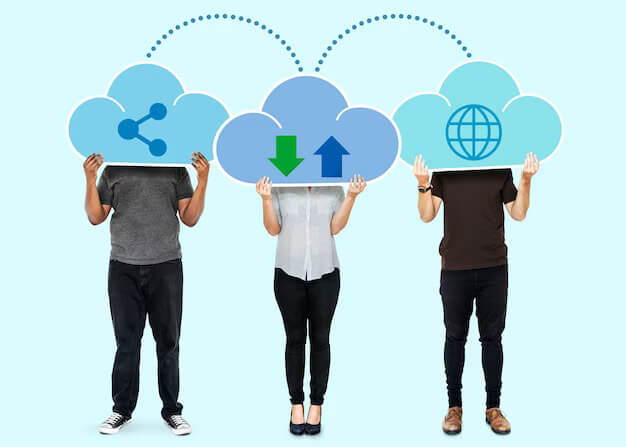
Frequently Asked Questions
What are the capabilities of Google Cloud?
Google Cloud encompasses a range of cloud-based offerings designed for application management and deployment. This includes the Google Cloud Platform, which equips users with a comprehensive set of resources for creating, deploying, and overseeing cloud-based applications.
How often does Google Cloud update its pricing?
Google Cloud's pricing is subject to change, but any updates or changes are typically communicated to users well in advance to ensure transparency and allow for adjustment if necessary.
How does Google Cloud pricing work?
Google Cloud adopts a usage-oriented pricing approach. Charges are determined by the hours of usage attributed to specific service categories. For instance, compute instance charges correspond to the monthly hours of usage, while data storage costs align with the volume of stored data.
What are Fixed and Custom Machine Types in cloud computing?
Fixed machine types are pre-configured virtual machine instances with predefined combinations of CPU and memory resources. They offer simplicity and ease of deployment.
Custom machine types allow you to create virtual machine instances with specific, user-defined combinations of CPU and memory resources, providing flexibility and resource optimization.






.png)


